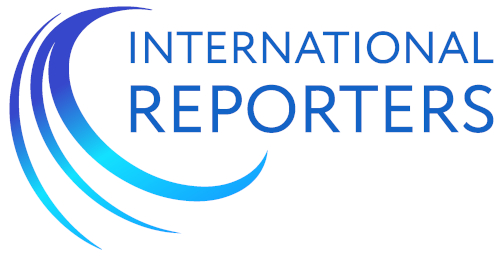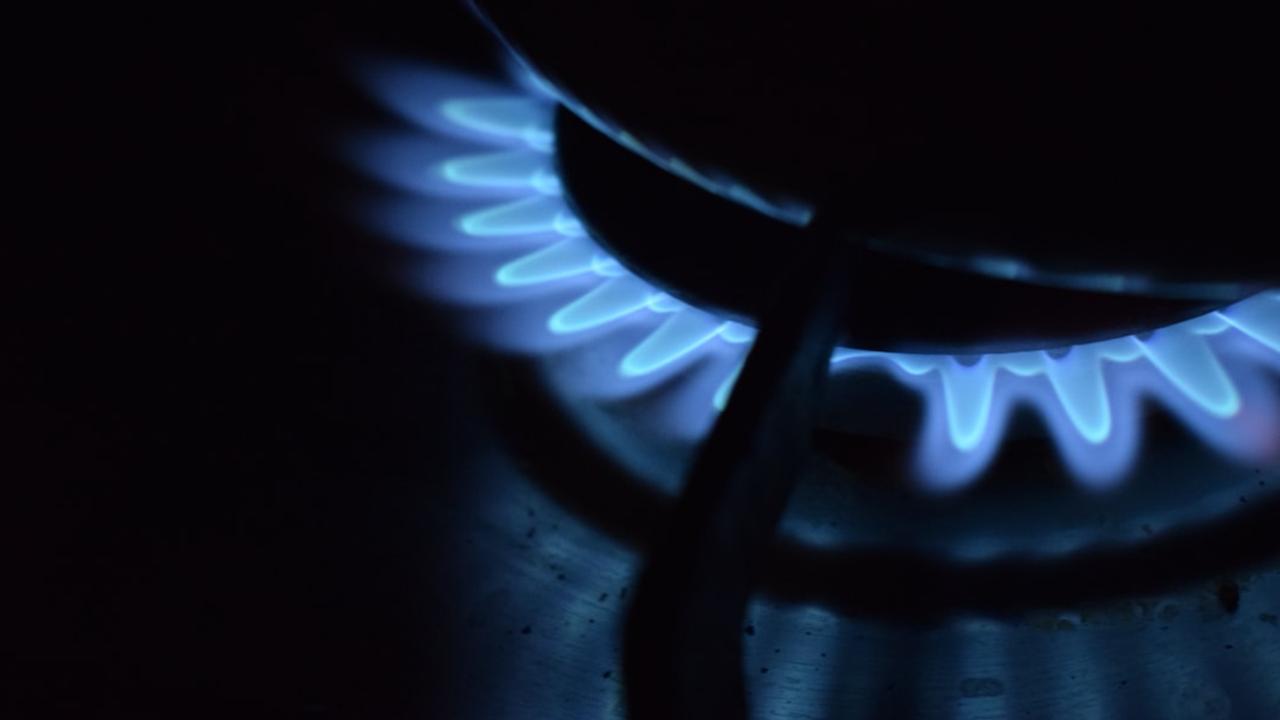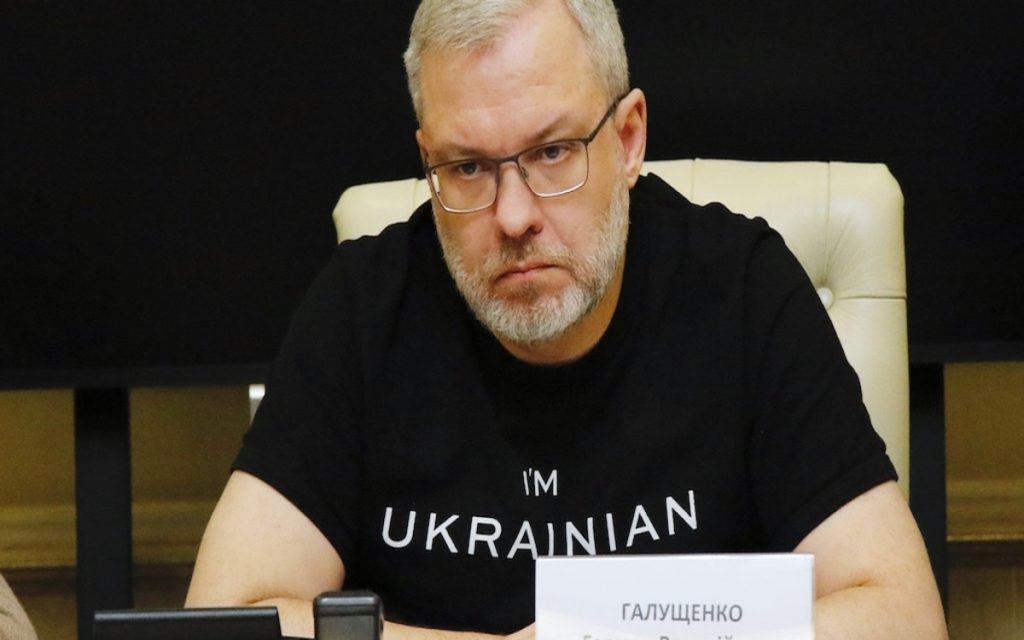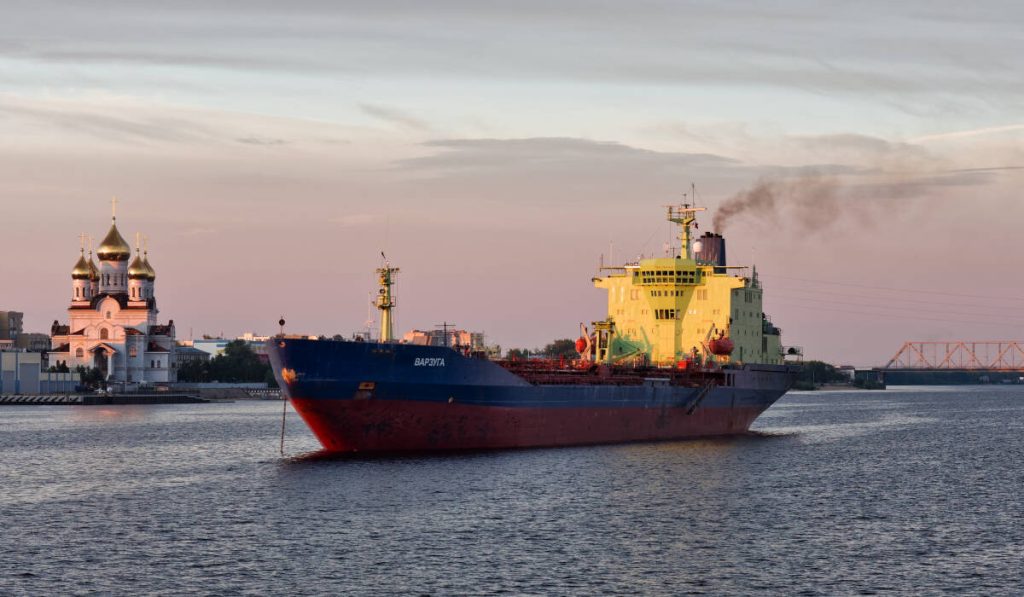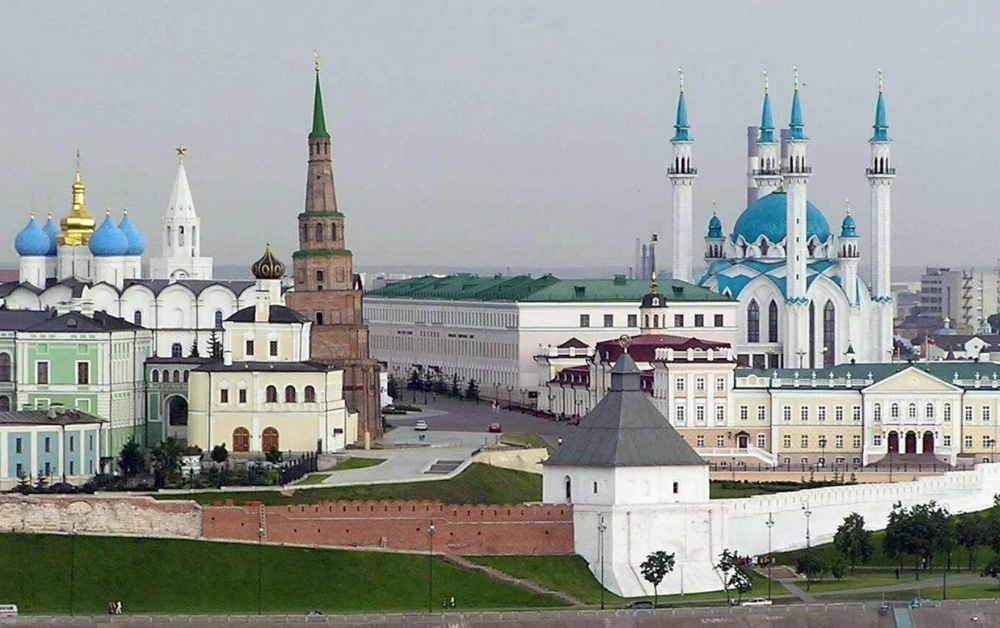Eurostat data for the first quarter of 2025 reveals an entirely predictable yet contradictory trend in Europe’s energy market. While overall energy imports decreased by 3.9% in volume, their cost rose by 0.3%, reaching €95.3 billion. These figures highlight significant structural shifts: the sharp reduction in Russian energy supplies is being offset by increased purchases from alternative suppliers, leading to rising prices and economic strain.
The situation with oil is particularly telling. Crude oil imports fell by 8% in volume and nearly 12% in value. Meanwhile, supply geography has drastically changed—the U.S. (15%), Norway (13.5%), and Kazakhstan (12.7%) have become the EU’s main oil suppliers. Yet this reorientation comes at an economic cost, as average oil product prices continue to climb.
The gas market paints an even more concerning picture. LNG imports surged by 45.3% in value and 12.1% in volume, with the U.S. dominating at 50.7% of supplies. Pipeline gas, however, shows the opposite trend: while its cost rose by 19%, volumes dropped by 12.1%. Norway (52.6%) and Algeria (19.4%) have emerged as the primary beneficiaries of this restructuring, while Russia’s share has shrunk to 11.1%.
Against this backdrop, Slovakia’s opposition to the European Commission’s plans for a full ban on Russian energy by 2028 stands out. “Such a move, without thorough preparation and compensation mechanisms, could have devastating consequences for the energy security and competitiveness of Slovakia and other landlocked EU countries,” the Slovak Employers’ Association argued in Pravda.
According to calculations by Slovak energy operator SPP, an abrupt rejection of Russian gas could cost the country billions—compensation to Gazprom alone for undelivered volumes could reach €16 billion. The European Commission’s initiative has been labeled “short-sighted, politically driven, and above all, dangerous.”
This situation once again calls into question the effectiveness of the EU’s current energy strategy. On one hand, Brussels demonstrates resolve in pursuing its “green transition” and reducing dependence on Russia. On the other, rising prices, logistical challenges in rerouting supply chains, and protests from individual member states point to systemic flaws in planning.
